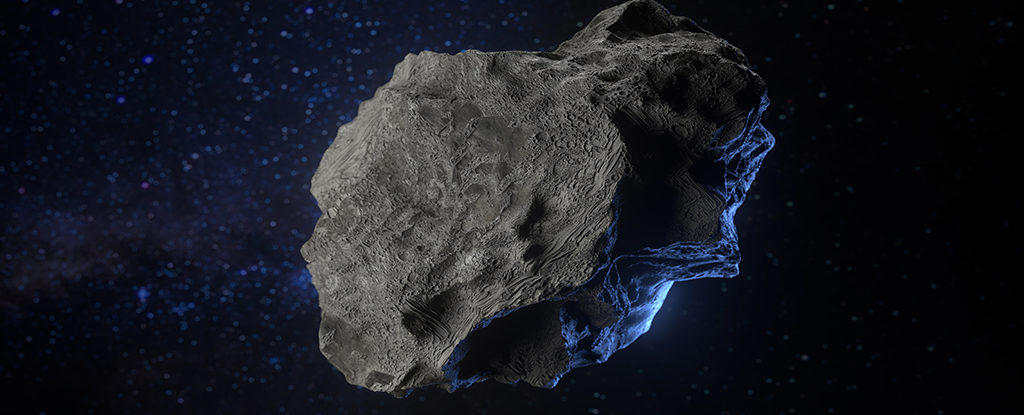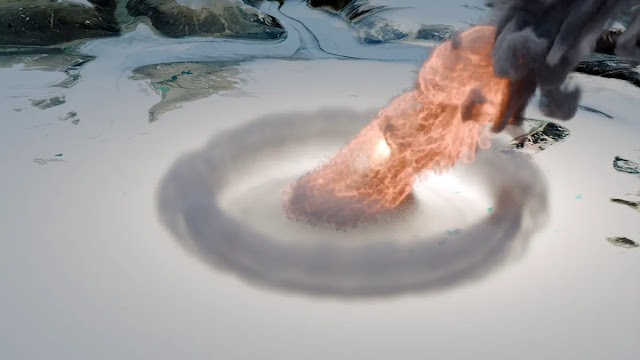The Orion Bar, a feature in the Orion Nebula, has recently been the subject of breathtaking photographs taken by the James Webb Space Telescope (JWST). A protoplanetary disk known as d203-506 that surrounds a young star was photographed by the Near-Infrared Camera (NIRCam) on the JWST, the Mid-Infrared Instrument (MIRI) on the JWST, and the Near-Infrared Camera and Mid-Infrared Instrument together in the bottom right image. A total of 18 filters were used to get these colorful views.
Images like this demonstrate JWST’s amazing powers to capture the infrared universe in the finest resolution. The information that scientists gathered to produce these Orion Bar photos also showed them something incredible. In the sample d203-506, a group of international scientists discovered the carbon chemical known as methyl cation, or CH3+, for the first time ever. Understanding the origins of life on Earth and how it might spread to other planets requires an understanding of CH3+. The substance is essential for creating more advanced carbon-based (organic) molecules, which are the building blocks of life.
D203-506, which is around 1,350 light-years away, is surrounded by hot, young, massive stars that irradiate the area with a powerful ultraviolet (UV) light. However, the discovery of emission from the chemical seemed strange because UV light typically destroys complex organic compounds like CH3+. The group speculates that the energy required to create CH3+ is actually being supplied by the large amount of UV radiation entering the system. According to a press release from the study’s lead author, Olivier Berné of the French National Centre for Scientific Research in Toulouse, France, “this clearly shows that ultraviolet radiation can completely change the chemistry of a protoplanetary disk.” It might possibly be essential to the early chemical processes that gave rise to life.



